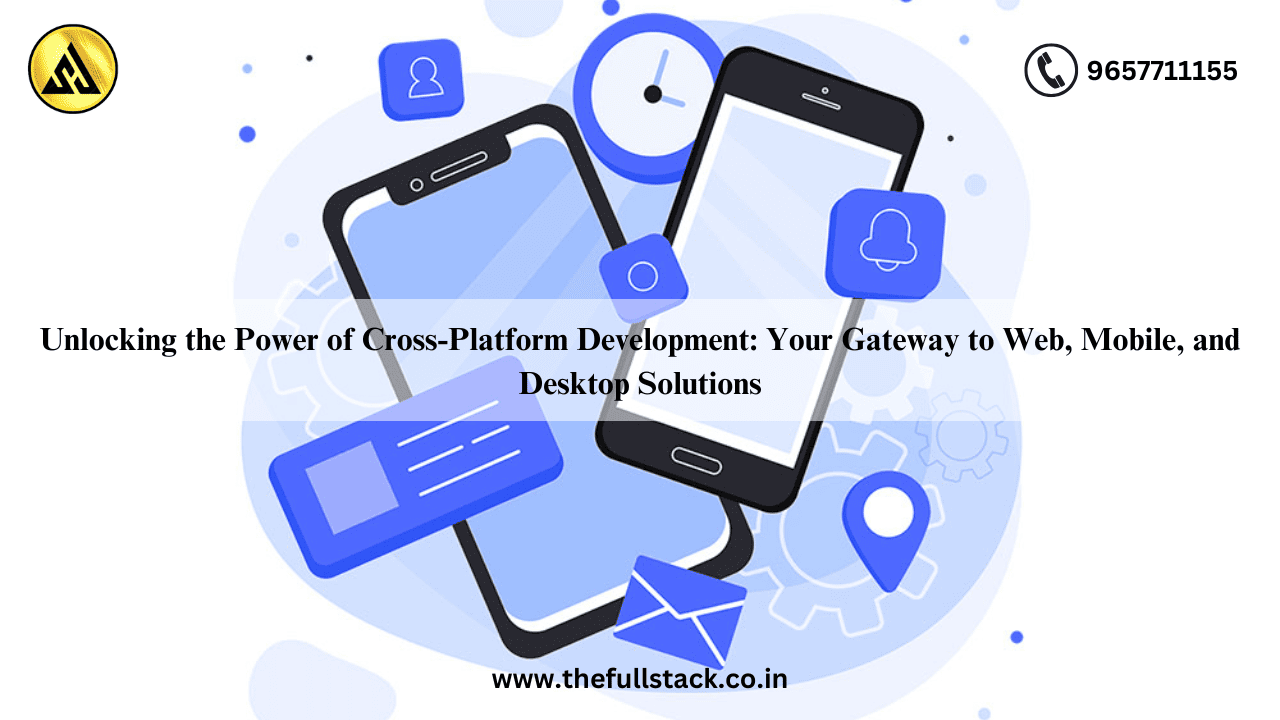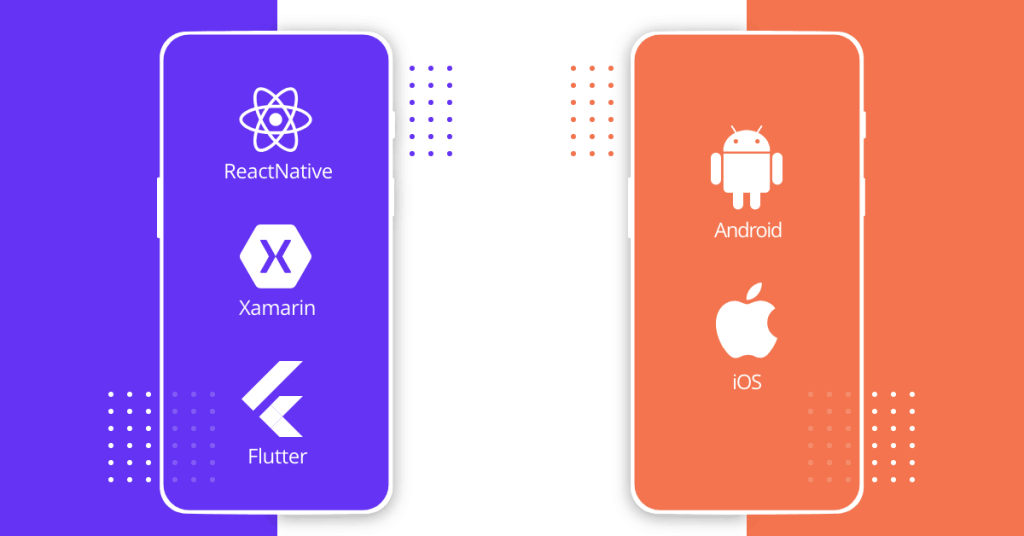
Unlocking Cross-Platform Development for Web, Mobile, and Desktop
There has never been a greater need for seamless, cross-platform solutions in the fast-paced digital world of today. Knowing how cross-platform development operates can lead to countless opportunities, regardless of whether you’re a developer, an employee of a company, or someone looking to get into the tech industry.
However, what is cross-platform development and why is it important? Let’s examine the fundamentals, current market trends, and how adopting cross-platform development can help you succeed.
What Is Cross-Platform Development?
The process of developing software applications that can operate on desktop, mobile, and online platforms without requiring code changes for each device is known as cross-platform development. Imagine creating a single software that functions flawlessly on several platforms, including Windows, macOS, iOS, and Android.
Why Should You Care? The Key Benefits
As a beginner, you might wonder, “What’s in it for me or my company?” Let’s break down some of the top reasons why cross-platform development is a game-changer:
- Cost and Time Efficiency Traditional development involves building separate apps for each platform, which can be expensive and time-consuming. Cross-platform tools, like React Native, Flutter, and Xamarin, allow you to write code once and deploy it on multiple platforms, saving both time and money.
- Wider Reach By developing an app that works across web, mobile, and desktop, you’re reaching a broader audience. Think about the number of potential users across different devices—you don’t want to miss out on any of them.
- Faster Updates and Maintenance Updating a cross-platform app is much easier because changes made to the codebase apply to all platforms simultaneously. No need to update each version separately. This reduces the risk of inconsistent features and bugs.
- Unified User Experience A consistent user experience across all devices builds trust with your audience. Whether someone is using your app on a phone or laptop, they’ll have a similar and intuitive experience, making them more likely to engage.
Trending Technologies in Cross-Platform Development

In the world of cross-platform development, some frameworks are making huge waves. Here are a few that every beginner should keep an eye on:
- React Native: Developed by Facebook, React Native allows you to build mobile apps using JavaScript and React. It’s widely adopted for its flexibility and large community support.
- Flutter: Google’s Flutter framework is gaining popularity because of its ability to create natively compiled applications for mobile, web, and desktop from a single codebase. It uses Dart programming language and is known for its performance.
- Xamarin: Powered by Microsoft, Xamarin is a great option for building cross-platform apps using C#. It integrates seamlessly with the .NET ecosystem, making it ideal for enterprises already using Microsoft technologies.
Real-World Example: Starbucks
Starbucks is one of the best illustrations of cross-platform programming done right. In order to offer a uniform and seamless user experience across online and mobile devices, the organization has embraced cross-platform solutions. Starbucks guarantees that customers will have a flawless experience whether they are ordering on their phone or searching for coffee on a tablet by utilizing React Native for its mobile app. Their software helps businesses increase revenue and customer loyalty by operating seamlessly across platforms.
Tips to Get Started in Cross-Platform Development
Ready to dive in? Here are some practical tips to kickstart your journey:
- Learn the Basics of Key Languages: Start by learning JavaScript (for React Native) or Dart (for Flutter). These languages are foundational to the most popular cross-platform frameworks.
- Familiarize Yourself with Frameworks: Pick one cross-platform framework to start with, whether it’s React Native, Flutter, or Xamarin. Invest time in understanding its features and community support.
- Build Small Projects: Start with simple projects to get the hang of cross-platform development. Building a to-do list app or a weather app is a great way to learn the ropes.
- Join Developer Communities: Whether it’s a subreddit, Stack Overflow, or Discord group, find a community where you can ask questions and share knowledge. Learning from others’ experiences can be invaluable.
- Keep Up with Trends: Cross-platform development is evolving rapidly. Stay updated by reading blogs, watching tutorials, and experimenting with new tools.
Market Trends: The Future of Cross-Platform Development
As companies concentrate on expanding their customer base and providing quicker, more reliable user experiences, the need for cross-platform solutions is anticipated to keep growing. We may anticipate even more potent tools to facilitate and expedite cross-platform development by 2025. Additionally, the demand for multi-platform apps will only increase as the Internet of Things (IoT) and smart gadgets rise.
Building cross-platform apps will become smarter, faster, and more intuitive as a result of the growing use of AI and machine learning in development tools.
Take the First Step Toward Your Future
Anyone who is willing to study, develop, and create can find success in the field of cross-platform development. The important thing is to take the initial step, regardless of your level of experience or level of curiosity.
Keep in mind that all experts were once novices, and that all it takes to become proficient in cross-platform development is one click!
Ready to Learn More?
Start today, and you’ll be one step closer to building apps that work anywhere. Keep learning, keep experimenting, and let your creativity shine.
you may be interested in this blog here:-
Don’t Fear the Update: Navigating the Challenges of how to implement sap note
Five Top Technology Investment Drivers for 2024
How many dollars worth of RSU does Salesforce typically offer an MTS (experienced hire) on joining?
Integration cloud system to HANA Cloud Platform using Cloud Connector


Leave a Reply